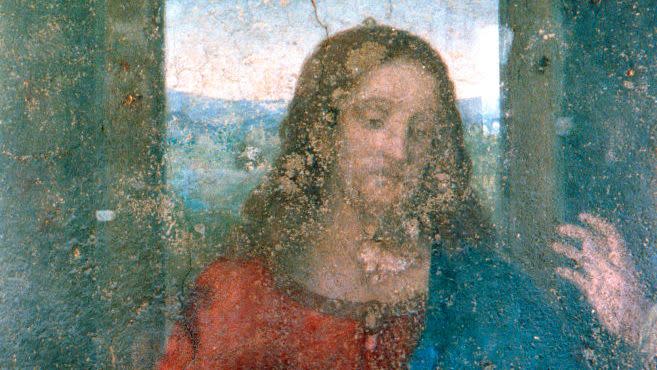A New Discovery Could Offer Some Clues About Jesus’ Childhood

"Hearst Magazines and Yahoo may earn commission or revenue on some items through these links."
One of the biggest pieces missing from biblical accounts of Jesus’ life is his childhood. But apocryphal accounts, such as the Gospel of Thomas, do talk about Jesus’ reportedly miraculous early years.
The earliest known version of this book is a codex from the 11th century CE, but a new papyrus fragment appears to contain an even older piece of the text—one that dates from the 4th or 5th century CE, which is much closer to the book’s origination around the 2nd century CE.
Not only does this give an intimate glimpse into stories that attempt to depict the childhood of the religious figure of Jesus, but it also shows how these stories spread throughout the centuries.
Although Jesus of Nazareth is one of the most influential figures who ever (probably) lived, theologians and scholars know startlingly little about his childhood. The Gospel of Luke mentions a move to Jerusalem when Jesus was 12 years old, but any other details of this Christian figure’s early years are hard to come by.
Of course, that doesn’t mean accounts don’t exist.
While the Bible represents the biblical canon of the Christian faith, many other stories—otherwise known as apocrypha—exist, and they range from texts with potential historicity to what is likely some sort of religious fanfic. Hidden among this collection of apocrypha, going unnoticed for decades at the Hamburg Carl von Ossietzky State and University Library, was a papyrus fragment originating from Egypt known by its inventory number “P.Hamb.Graec. 1011.”
Analyzing this fragment, which measured roughly four inches by two inches and containing only 13 Greek lines (with around 10 letters per line), papyrologists Lajos Berkes from the Institute for Christianity and Antiquity at Humboldt-Universität zu Berlin and Gabriel Nocchi Macedo from the University of Liège in Belgium have discovered that it is actually the earliest example of the Infancy Gospel of Thomas—an apocryphal book that was popular during antiquity and the Middle Ages. The results of the study were published in the journal Zeitschrift für Papyrologie und Epigraphik.
“It was thought to be part of an everyday document, such as a private letter or a shopping list, because the handwriting seems so clumsy,” Berkes said in a press statement. “We first noticed the word Jesus in the text. Then, by comparing it with numerous other digitized papyri, we deciphered it letter by letter and quickly realized that it could not be an everyday document.”
Until this discovery, a codex from the 11th century was the earliest version of the Gospel of Thomas. But this fragment pushes that date back to sometime around the 4th or 5th century CE, though the original text is believed to have been written around the 2nd century CE.
The two papyrologists theorize that the fragment was likely a writing exercise in some school or monastery as the handwriting and line construction is particularly clumsy. The text itself is the beginning of a story called the “vivification of the sparrows” where, as his second miracle, Jesus molds sparrows from the clay near a rushing river.
“The fragment is of extraordinary interest for research,” Berkes said. “On the one hand, because we were able to date it to the 4th to 5th century, making it the earliest known copy. On the other hand, because we were able to gain new insights into the transmission of the text.”
So, maybe this one’s a bit more than religious fanfic.
You Might Also Like

